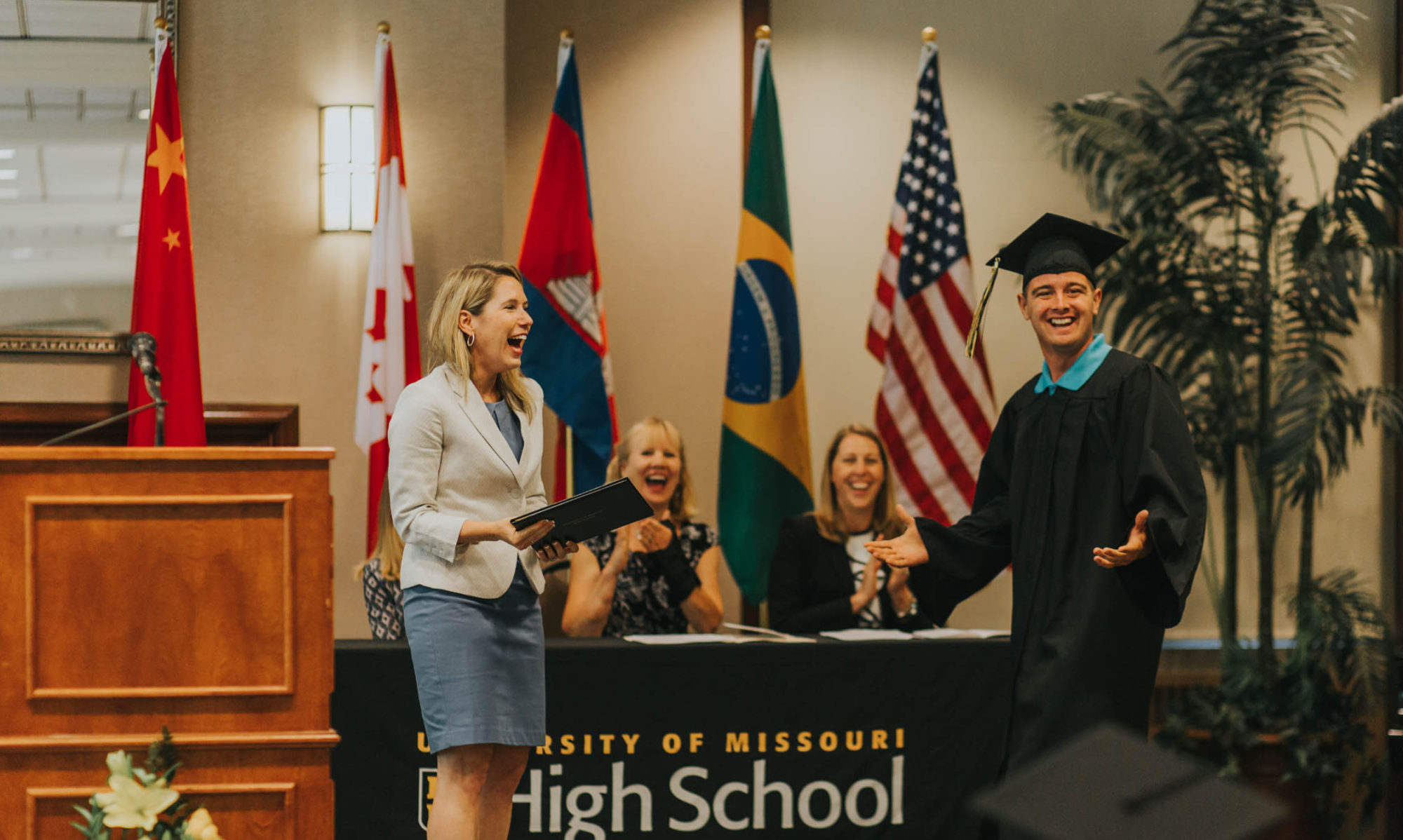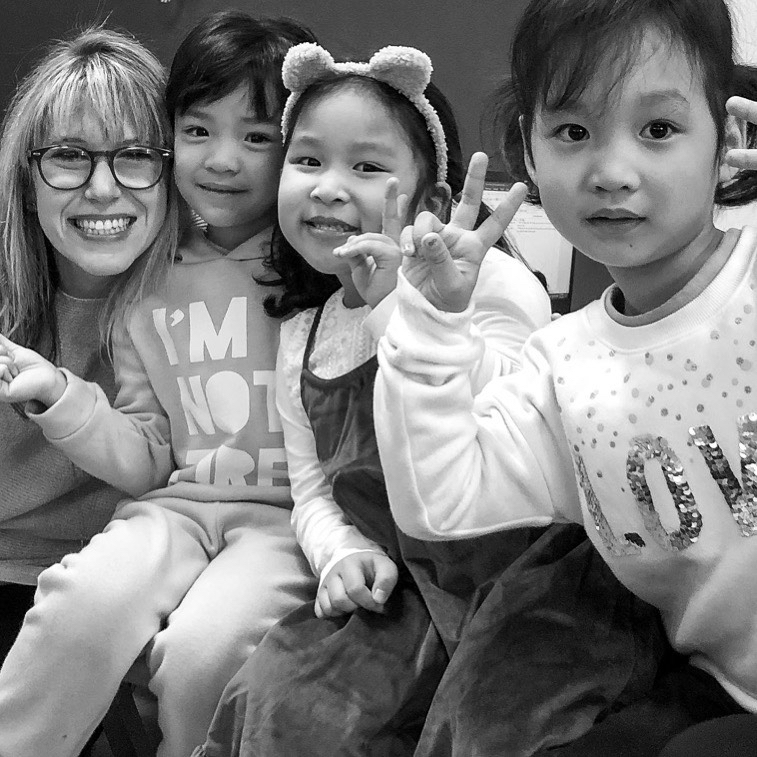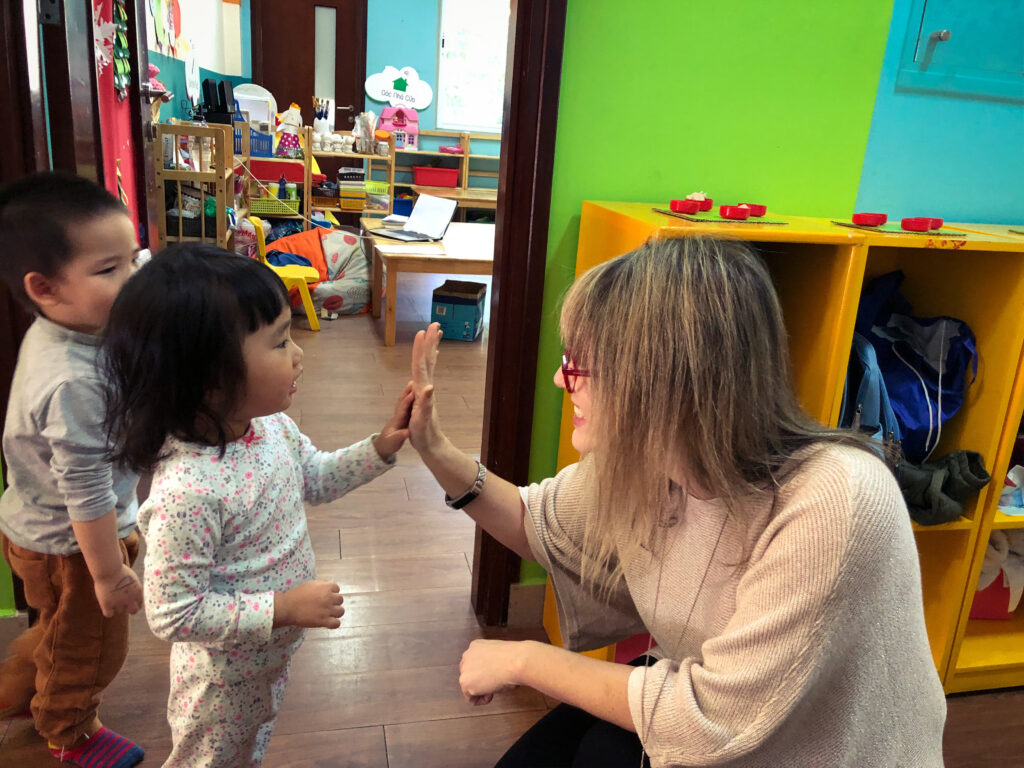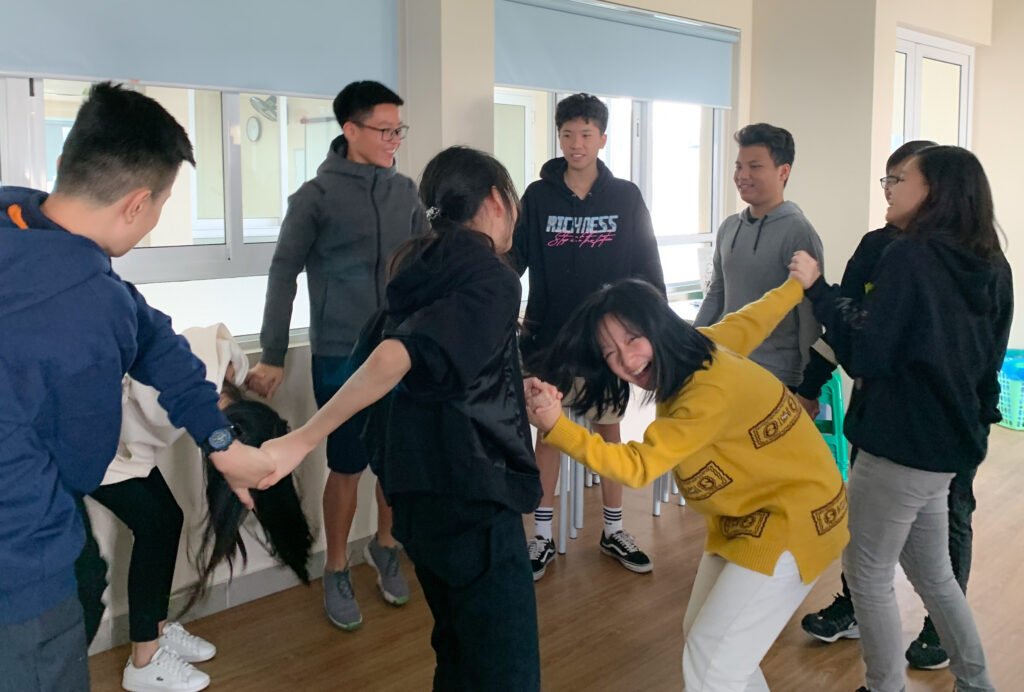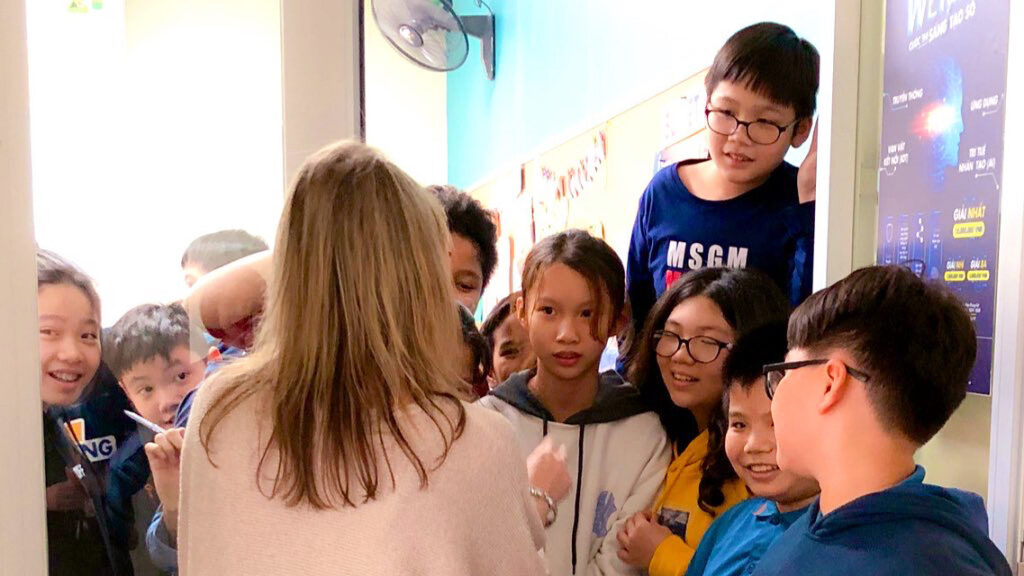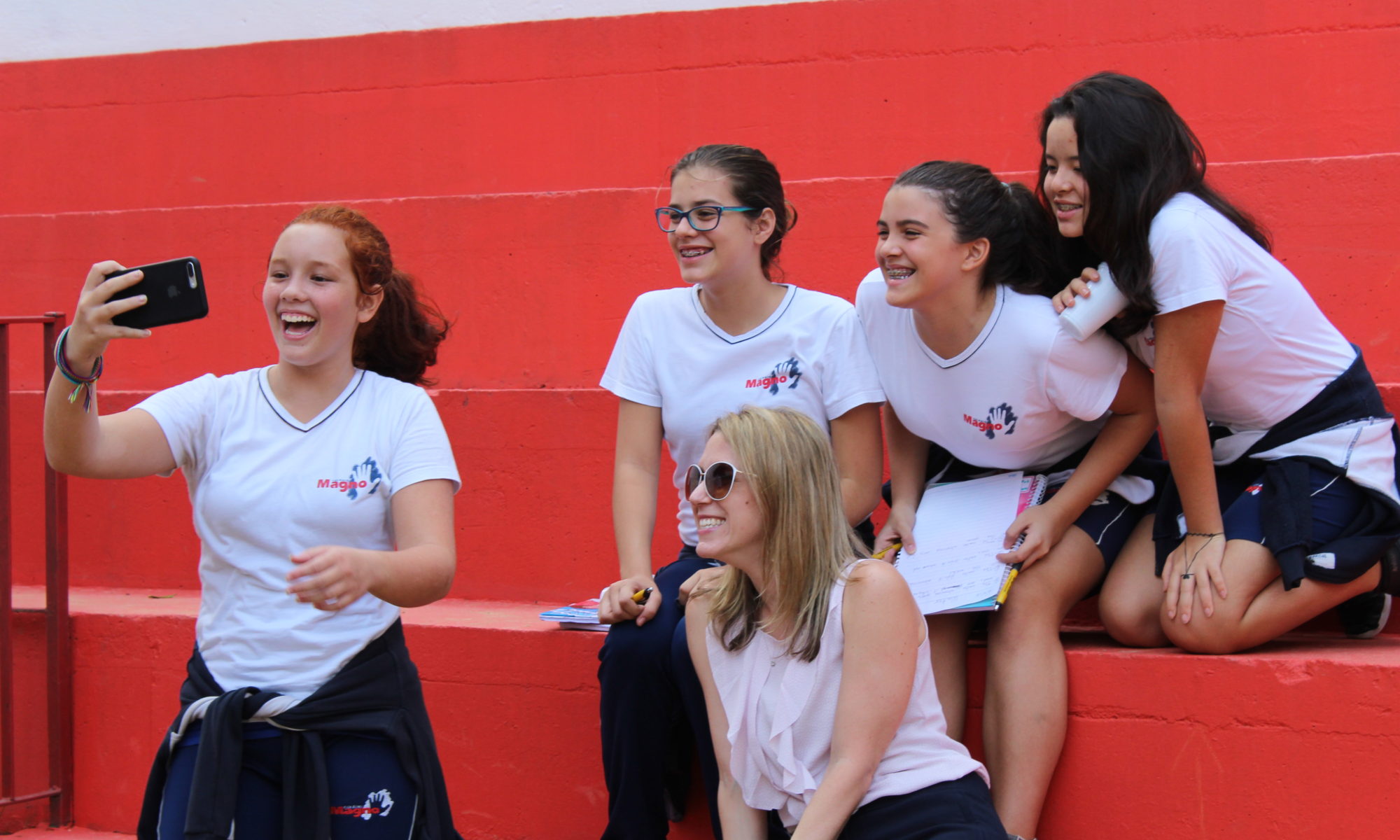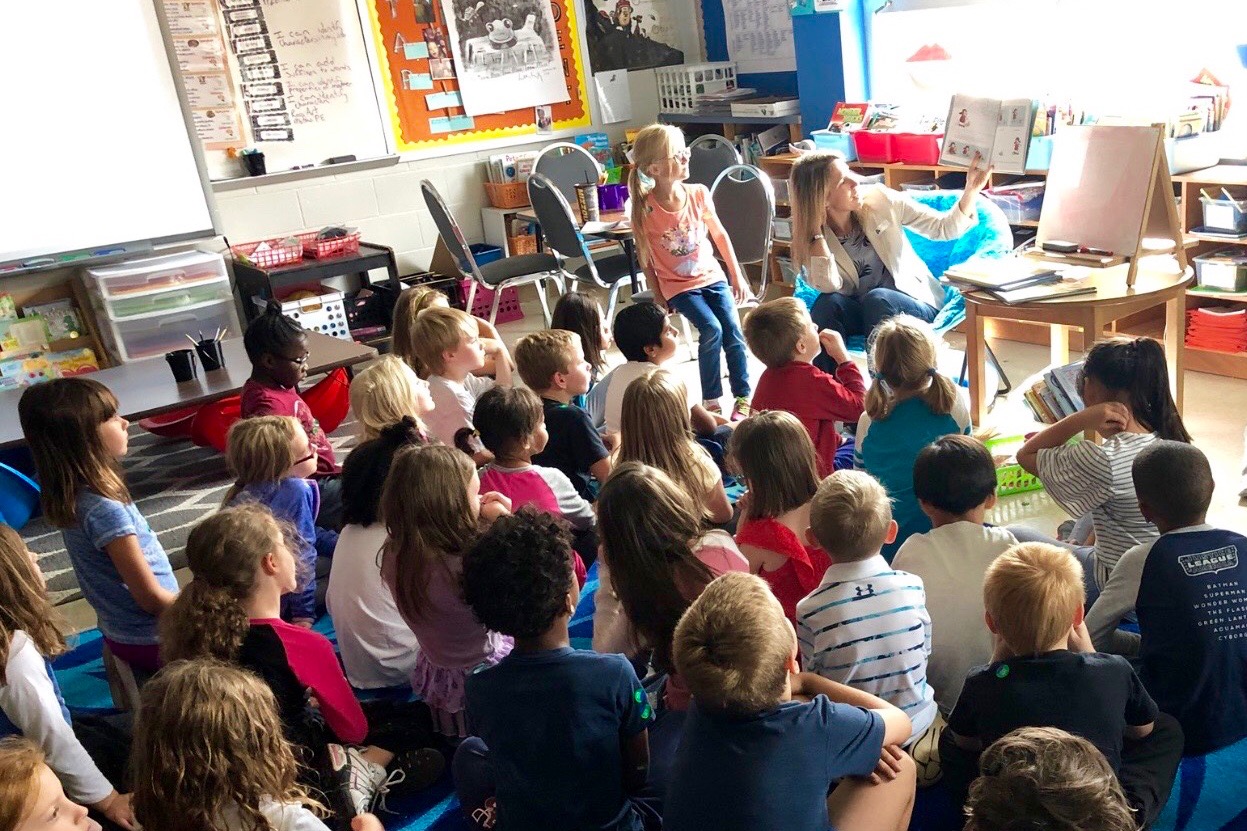Hanoi Journals
I slide off my high heels, adding them to the large pile of shoes at the front of a brightly colored kindergarten building in Hanoi, Vietnam. Looking down the hallway I notice dozens of irregular snowflakes each cut with kid scissors and hung with a teacher’s care. I feel at home.
While I have never been to Vietnam before, much less this specific school, my global travels have shown me that there is a shared humanity that runs across our school hallways. Whether I am at a Catholic school in Brazil, a private school in Vietnam, or a public school in the United States, there are several things I know to be true. These things transcend language, culture, and worldview. In fact, they may be the magic that makes schools work.
Connection matters
- It only takes one spark of laughter to change the whole tenor of a classroom.
- Learning a new game can bring people together.
- Though we show it in different ways, we all need to connect.
- It is absolutely possible to sit with someone who speaks a different language than you and have a conversation.
- Friends can share a joke without saying a word.
- There is a renewed sense of possibility each morning when we greet students and colleagues.
- Few gifts are more treasured in a school day than receiving art from a student or a hot cup of coffee from a teacher.
Kids are Kids
- Young children need to dance and sing.
- Middle school students are curious about everything.
- You can see both the lasting glimmers of childhood and the new glimmers of adulthood flash across the faces of high school students at play or work.
- Kids carry big worries and big ideas and they don’t always know how to express those.
Universal Language
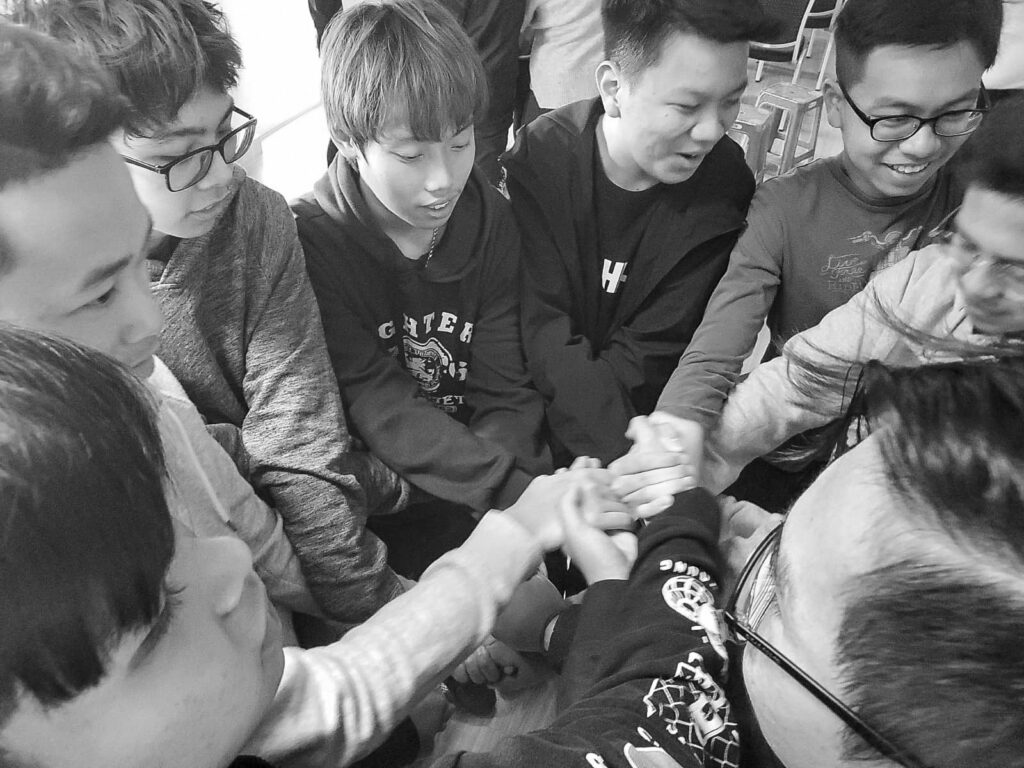
- We straighten our gaze with determined focus when solving an interesting problem.
- When we see something beautiful, we want to share it.
- We nod when we say thank you.
- We crinkle our eyes to show delight.
- There is a telltale kind of tired that teachers everywhere wear on their faces at the end of a school day.
I am grateful to Wellspring International Bilingual School for inviting us to spend the week with students and teachers. While I did manage to learn a few phrases in Vietnamese (thank you mostly to a group of sixth grade students), more importantly I learned that it doesn’t take spoken language to say many of the things that matter most in school including: thank you, I see you, I value you, and I’m happy you’re here.
Appreciatively yours, Dr. KFW
